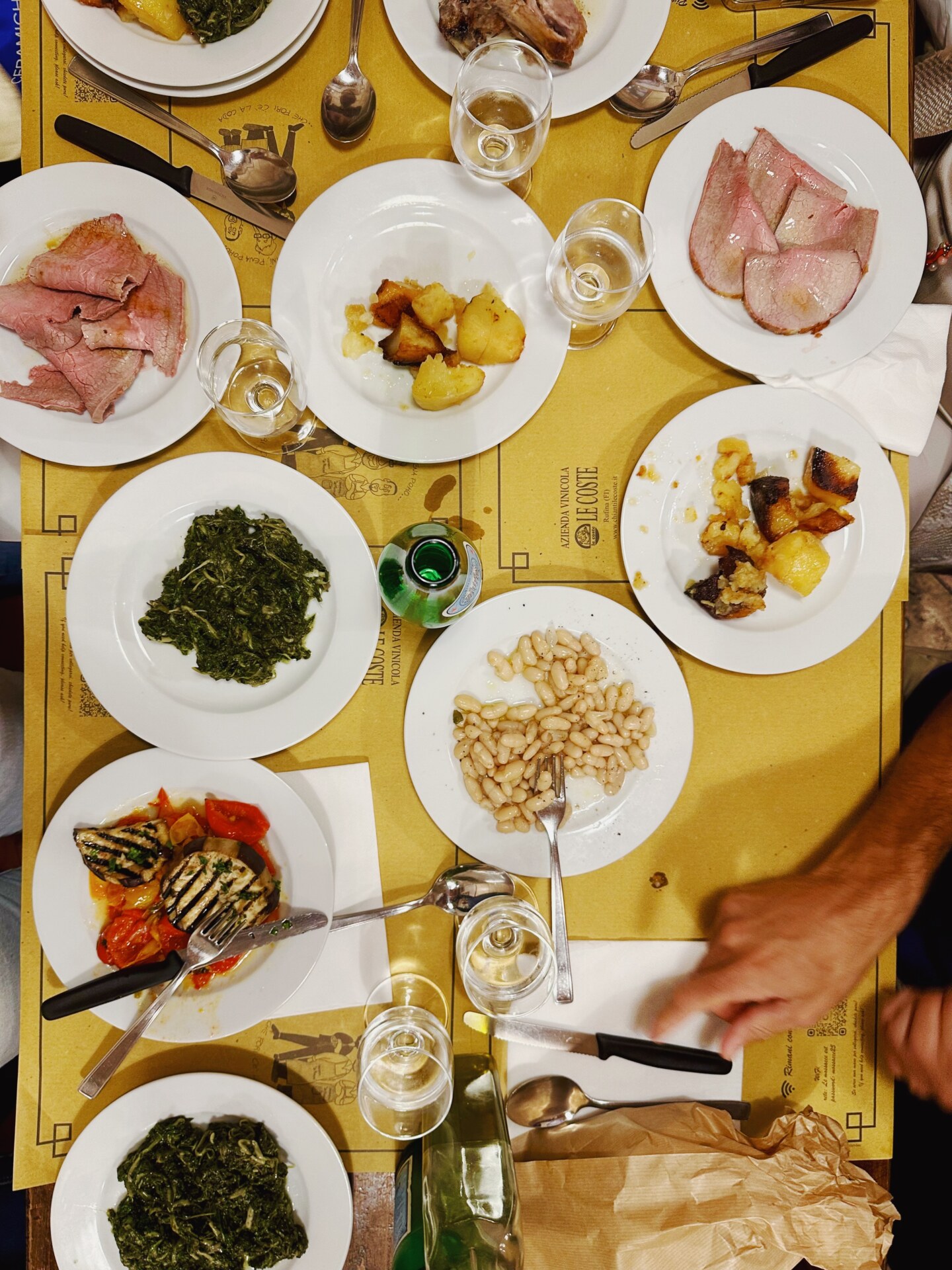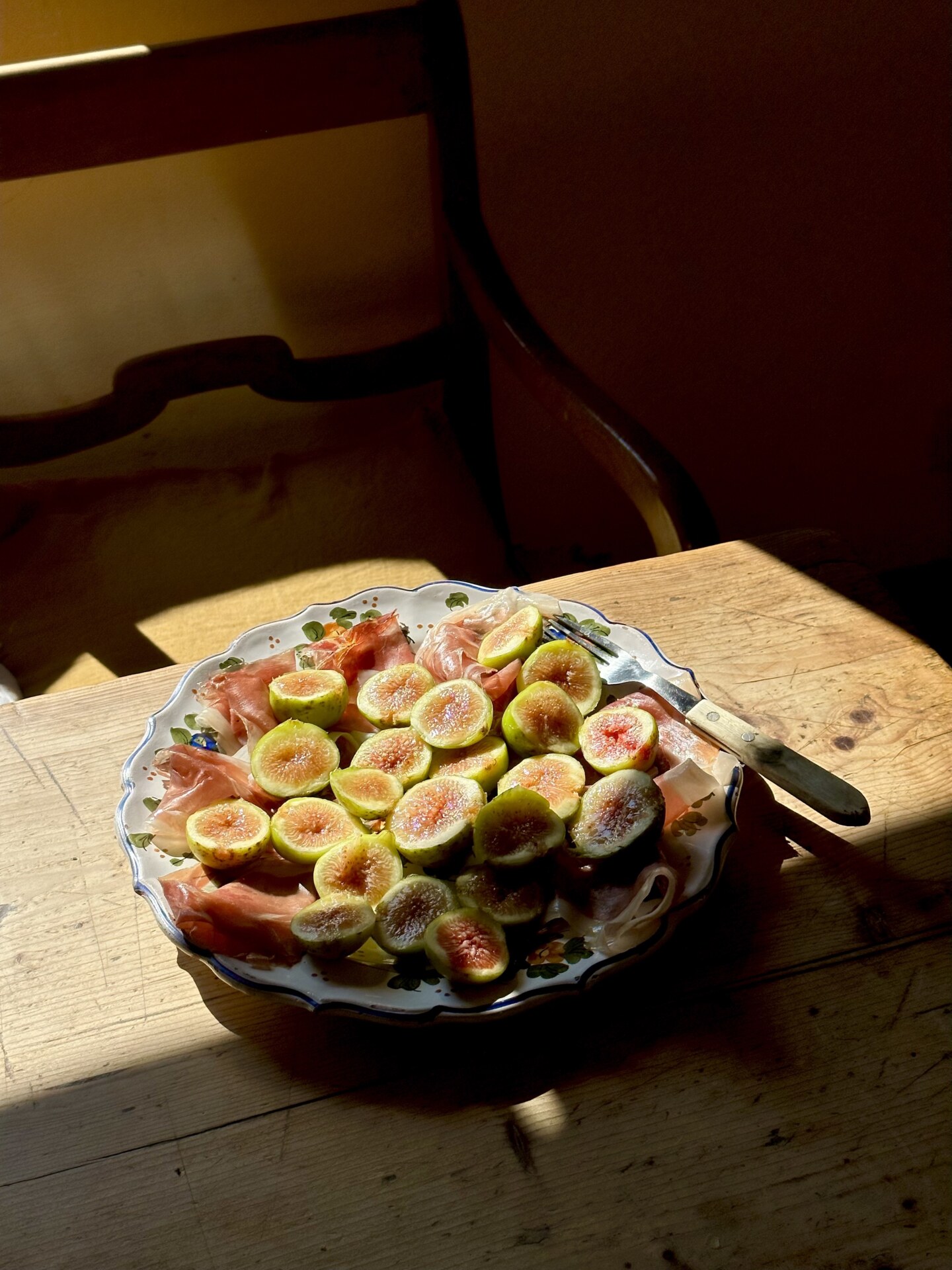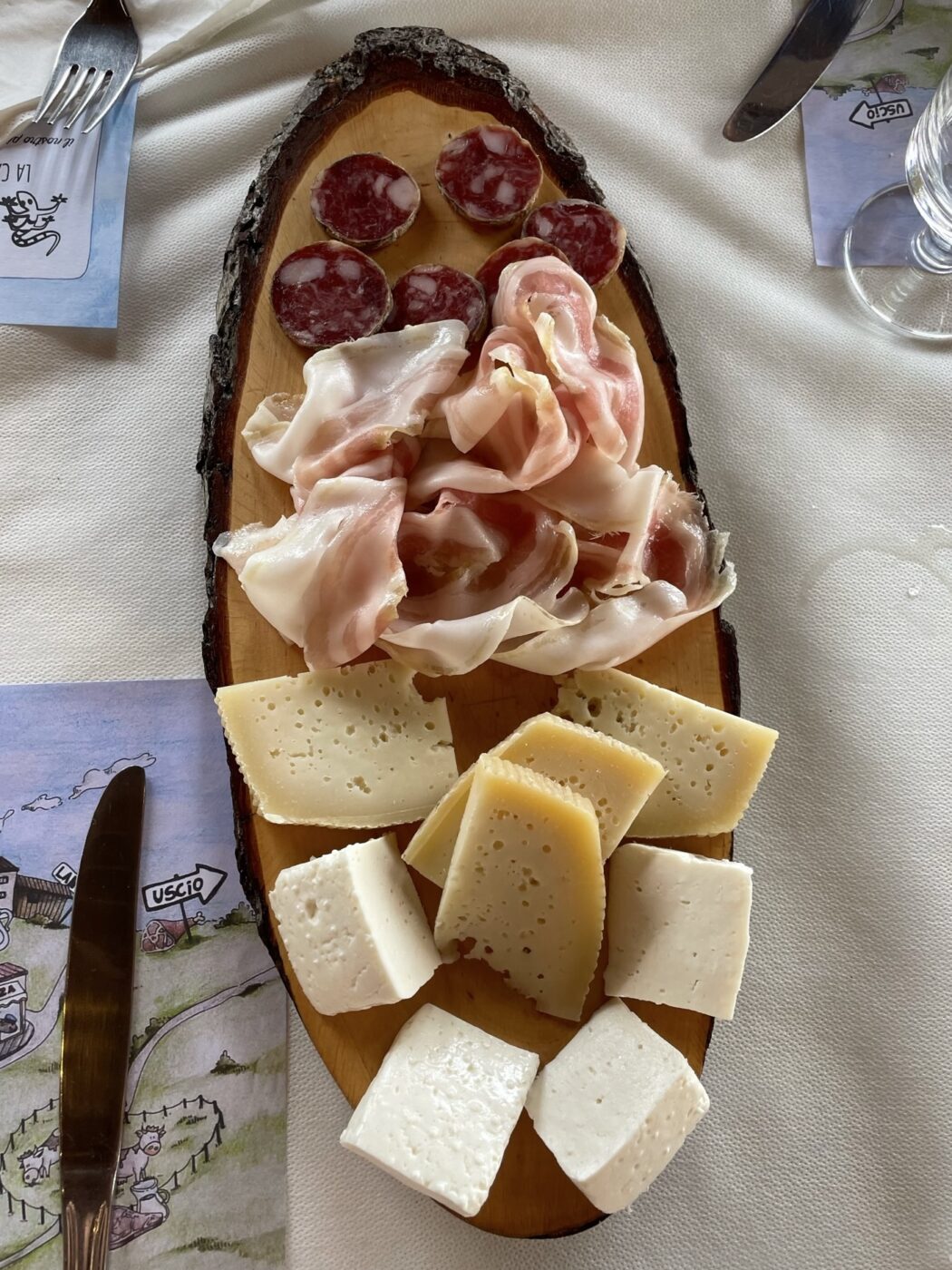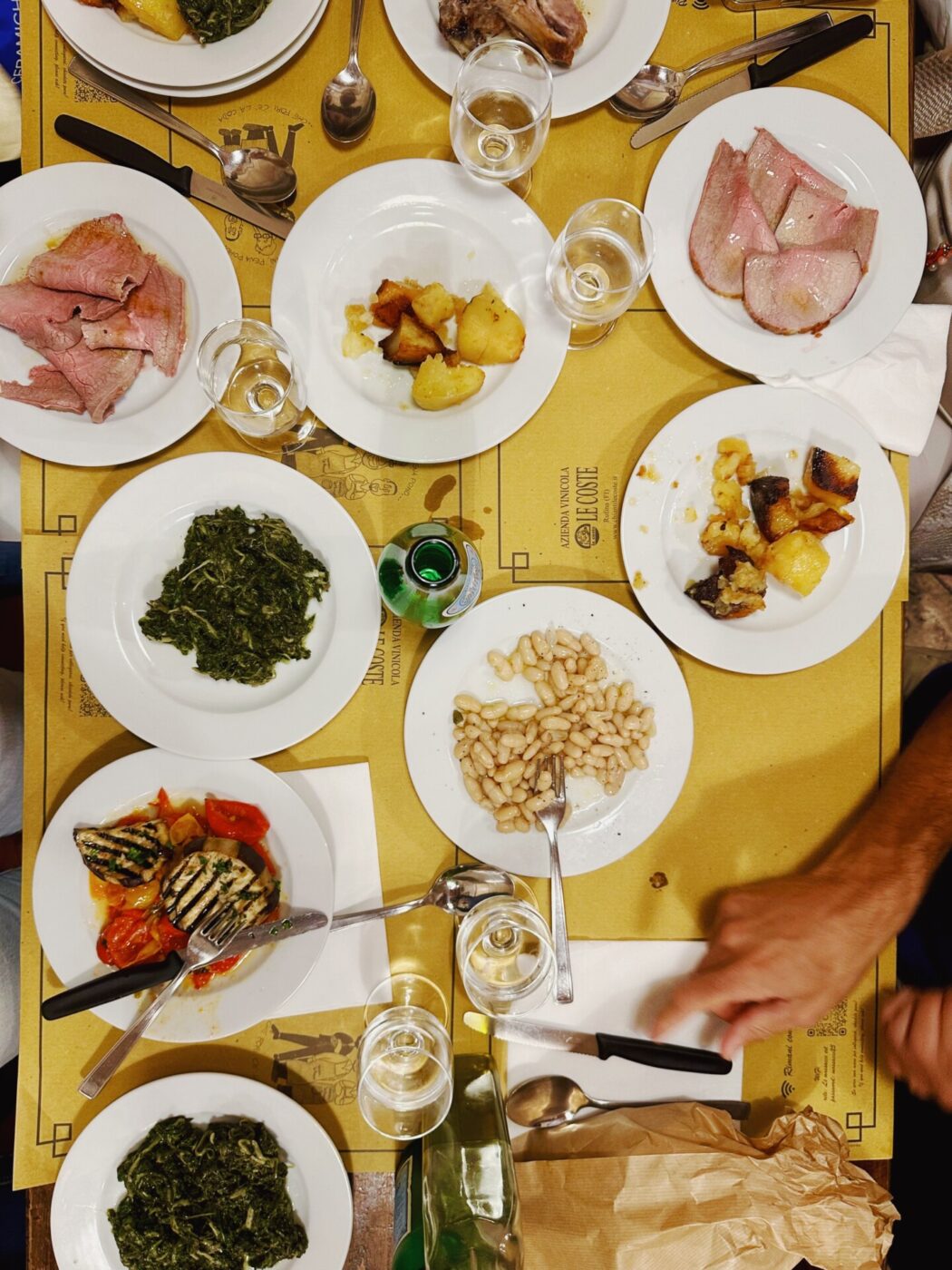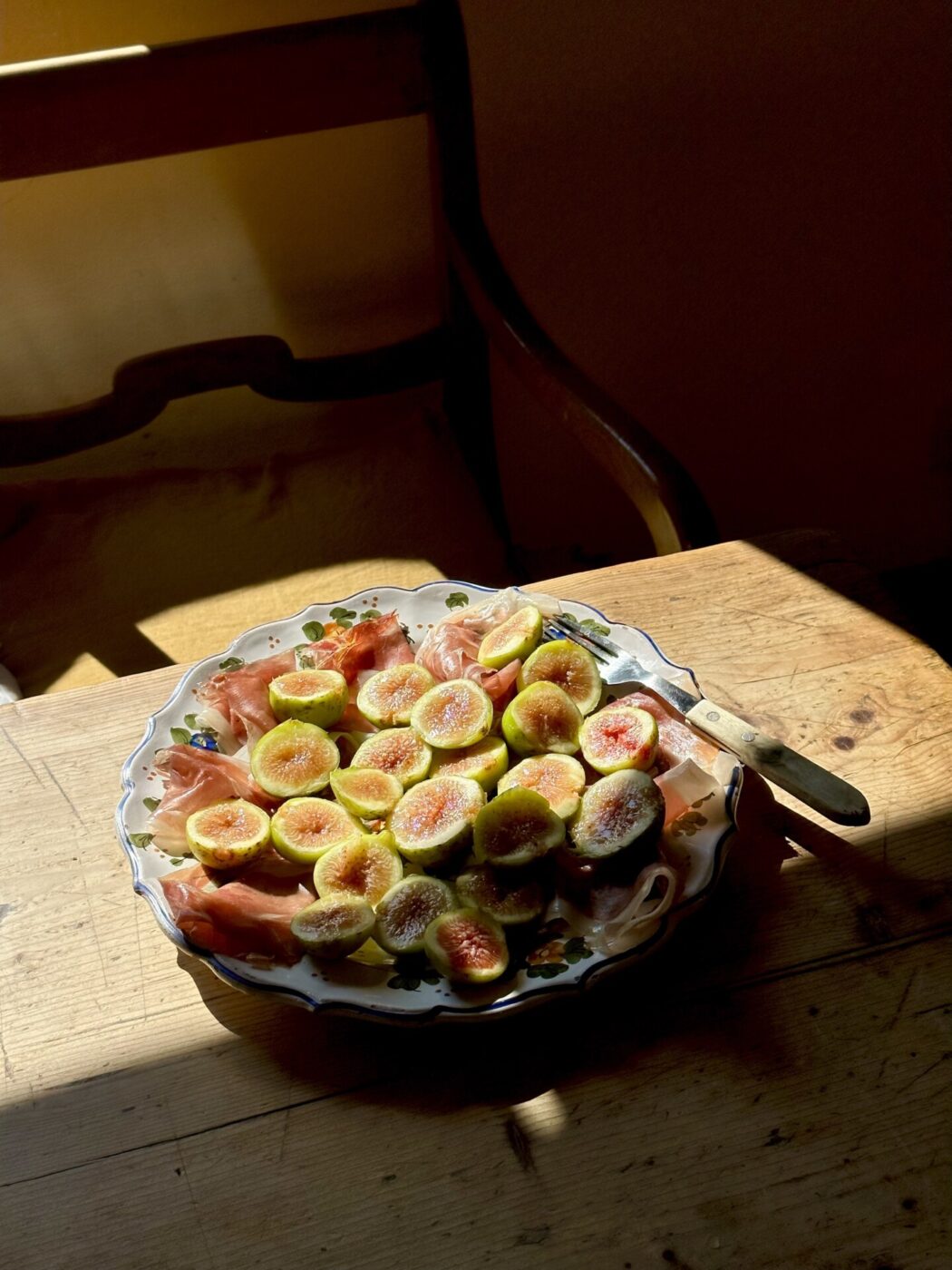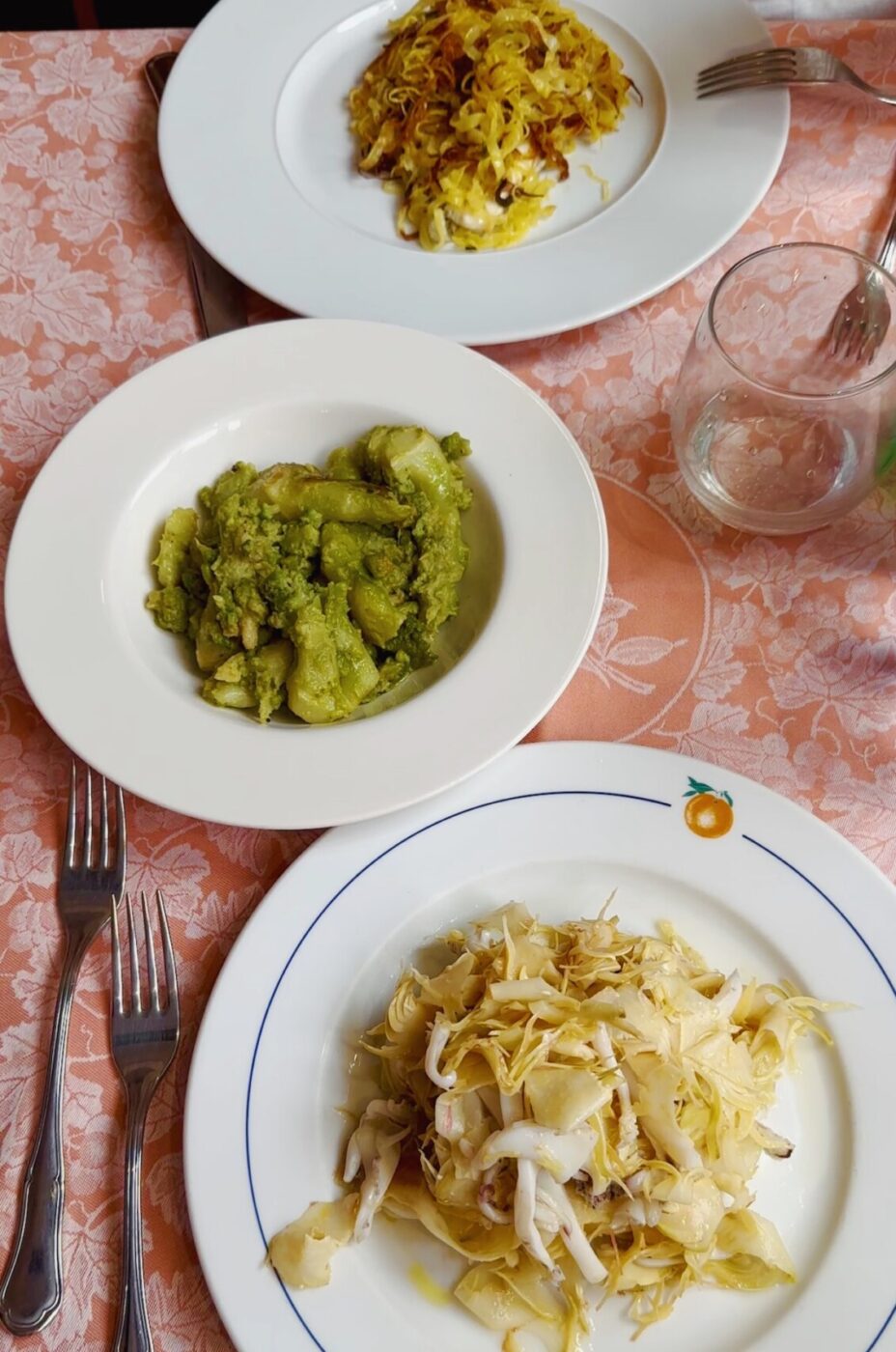Enjoying Italian food without eating gluten might seem as impossible as trying to find an open spot at the spiaggia libera on the Amalfi Coast in August. The entire cuisine is seemingly built upon the backs of pizza and pasta, not to mention the country-wide rituals of a morning cornetto, lunchtime panino, and torta for dessert. Famous regional specialities are often wheat-filled, from Liguria’s focaccia, Tuscany’s cantucci, and Puglia’s taralli to the breaded delights of Lombardy’s costoletta and Sicily’s arancini. How can you truly enjoy Italian food if you’re skipping out on all of these beloved dishes or opting for sub-par, gluten-free alternatives?
This was my biggest fear when I brought two friends from London, one of whom is severely celiac, back home with me to Florence. Naturally, many of our conversations centered around what we would eat while we were visiting (how could they not!). I did my research, compiling a list of gluten-free places in the city, including Sgrano–a fully gluten-free restaurant serving typical Tuscan dishes–and Pizzeria La Luna in Via Gioberti, which offers gluten-free dough. I was glad to have found some options, but still feared my guests would not be able to have the full Italian experience.
As our Florentine adventures began, I worrily scanned the overflowing banco at a local pasticceria, stuffed with cornetti and biscotti. Eventually, I ordered ricciarelli–light biscuits made of ground almonds and egg whites–and castagnaccio–a dense, subtly sweet northern Italian cake of chestnuts and dried fruit: two flourless options that still gave us the sugar rush typical of an Italian breakfast. At lunch in Mercato Centrale, we found fried zucchini flowers battered in rice flour, caponata, pecorino, and farinata–a savory pancake made of chickpea flour, gluten-free and perfect for sopping up the juicy caponata. We tucked into a small table at an outdoor bar for aperitivo, cheersing spritzes over bowls of olives and potato chips. The bar–as with many others in the city–carried ice-cold bottles of Peroni Senza Glutine. At a typical Tuscany trattoria–not one from my list–we decided the best course of action was to skip the primi and focus on the secondi, the majority of which were devoid of gluten. I ordered arista al forno (roasted pork), and my friends chose baccalà alla livornese (salted codfish cooked in tomato sauce), one of the rare fish dishes typically eaten in Tuscany. For contorni, we had our pick of the litter: roast potatoes, cannellini beans stewed in tomato sauce, sauteed spinach, and insalata di carciofi–thinly sliced raw artichokes with extra virgin olive oil and Parmigiano. Stuffed to the gills, it certainly didn’t feel as if we had to skimp on anything because of my friend’s intolerance.
In the following days, as we roamed the narrow streets of Florence and adjusted our fast London pace to match that of Italians in summer, we found ourselves consulting my list less and less; our need for alternatives to traditionally gluten-filled foods was low, and we continued to be met with an abundance of typical dishes and snacks that had completely removed wheat from center stage. It’s long been time that people understand Italian cuisine extends far beyond pizza, pasta, and panini (plus, in Tuscany, we tend to steer clear of the bread anyway, but that’s a story for another time). Even so, I was surprised at how easy it is to build a classic, four-course Italian meal without an ounce of gluten:
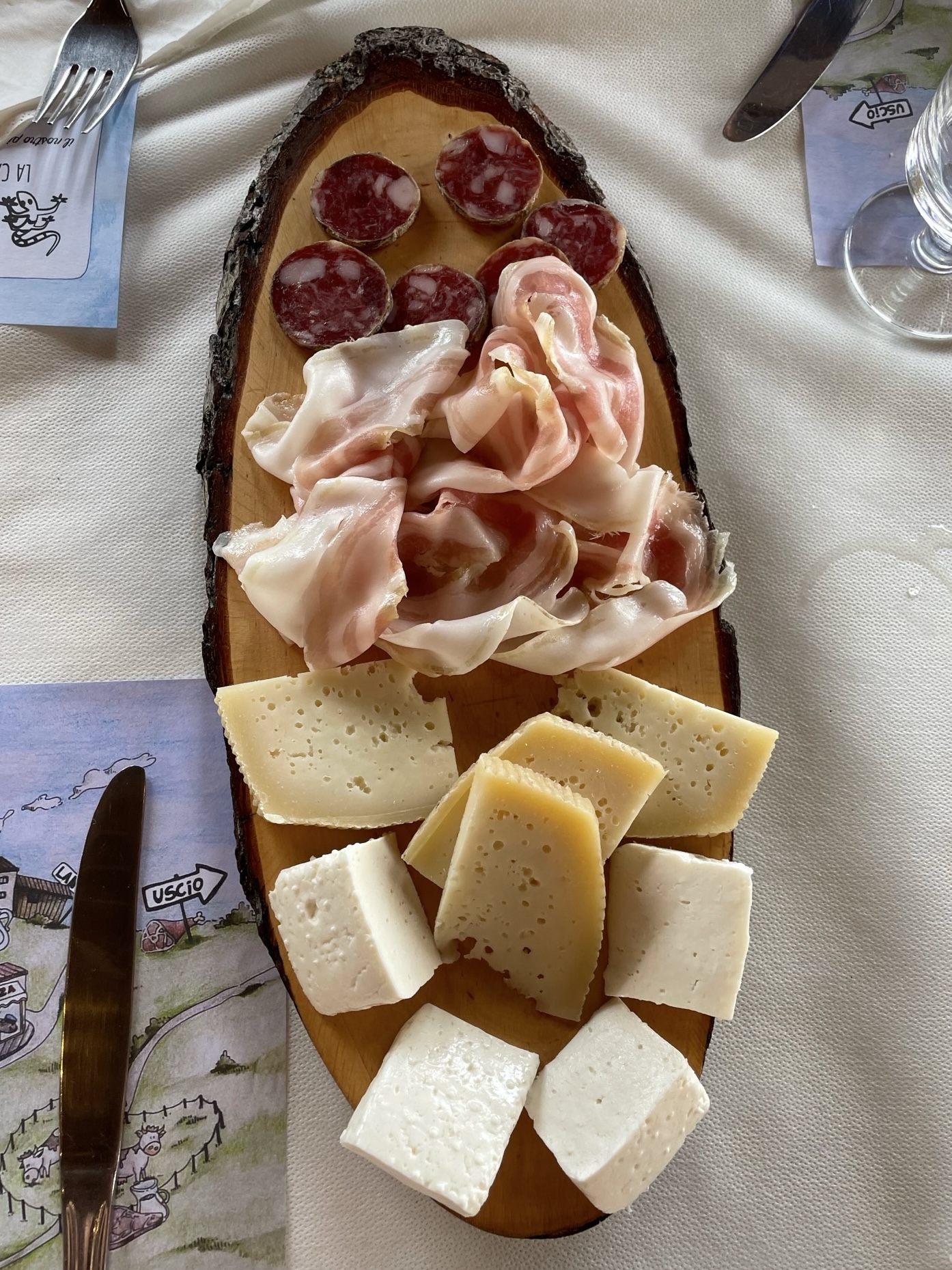
Tagliere salumi e formaggi
Antipasti: Tagliere, platters of cold cuts and cheeses, are always gluten-free, as are meat-forward antipasti like carpaccio, bresaola with arugula and shavings of Parmigiano, and Piedmont’s vitello tonnato, thinly sliced veal topped with a creamy tuna and caper sauce. Vegetarians can find sformati–flan-like rounds of vegetables, cheese, and eggs–and Sicilian caponata. And we can’t forget summertime favorites like prosciutto e melone and insalata caprese.
Primi: Carbs are often consumed in the form of risotto in Milan and polenta in Aosta, and both are just as versatile as pasta. Find the former perfumed with saffron and the latter topped with ragù or porcini, depending on where and when you find yourself. Certain soups, like minestrone, are often gluten-free, though it’s best to ask since many may contain pasta.
Secondi + Contorni: Secondi and contorni tend to be naturally wheat free, just beware anything that’s breaded, like costoletta. Each of the twenty regions has their own signature dishes in these categories too, typically highlighting meat or fish–depending on whether the region is coastal or inland–with some form of seasonal vegetables on the side. It’s a great way to try new foods and to eat regionally the way the locals do, which is, after all, how “Italian” food is actually enjoyed.
Dolce: On the sweeter side, there’s a whole range of desserts that don’t have gluten, from panna cotta, popular in the north, and Tuscany’s torta pistocchi to creamy zabaione and icy granita (a Sicilian favorite!), not to mention Italy’s most famous dessert: gelato. The creamy treat is just as delicious whether you order it in a cone or a cup, and some places in Italy don’t even offer cones (we’re looking at you, Vivoli).
There are also options if you’re trying to eat less gluten in Italy, rather than avoid it entirely. Traditional bread made with local, ancient grains–like the Sicilian tumminia, perciasacchi, or majorca–is substantially lower in gluten and higher in fiber, protein, and iron than modern and refined grains. In Lombardy, you can find pizza made partly with polenta taragno, which is enriched with buckwheat flour and darker in color than normal polenta.
All this goes to say: whatever part of the boot you’re visiting and whatever your dietary restrictions, rest assured you’ll eat like a champion.
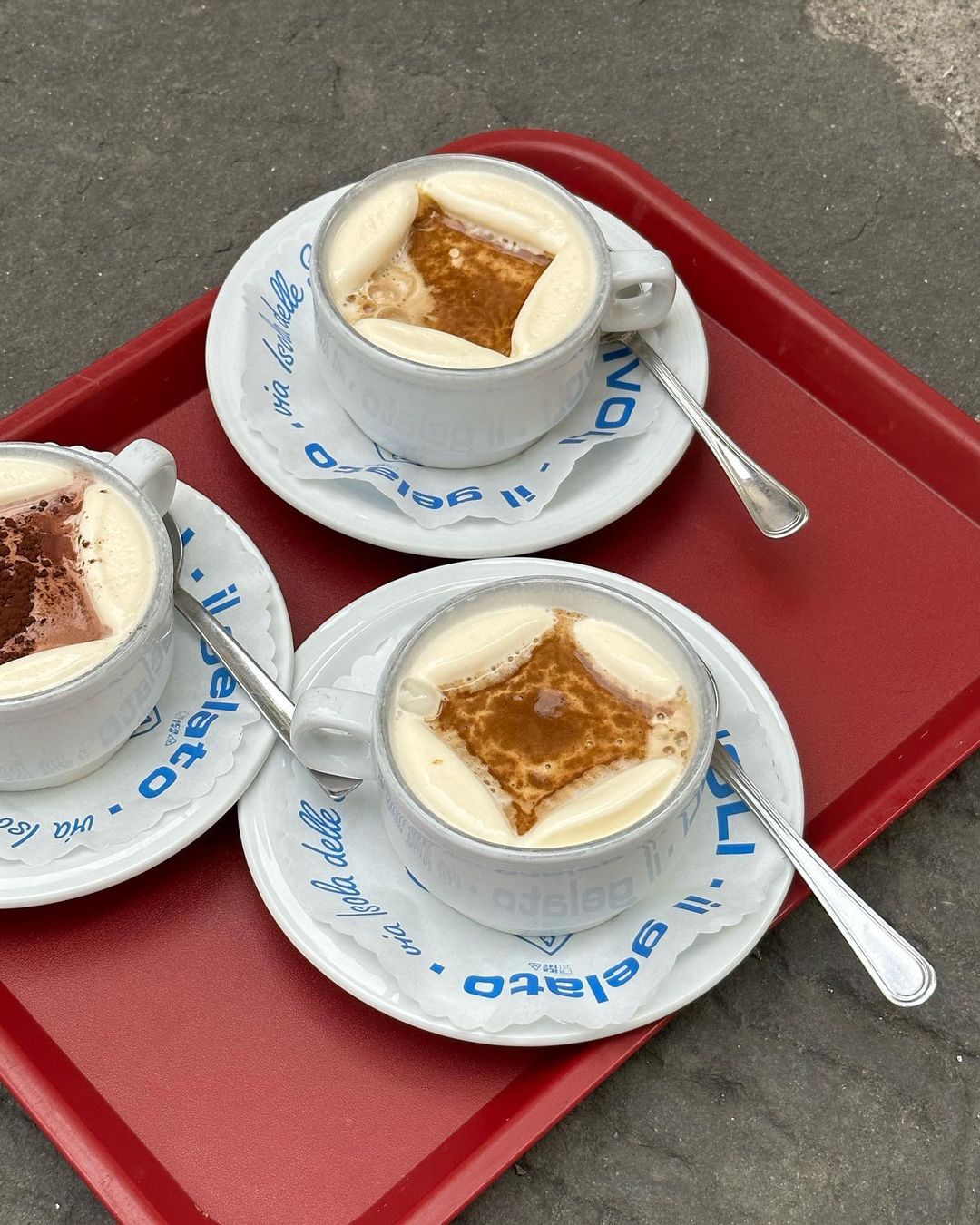
Affogato; Photo by Kirthanaa Naidu


